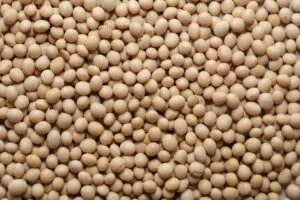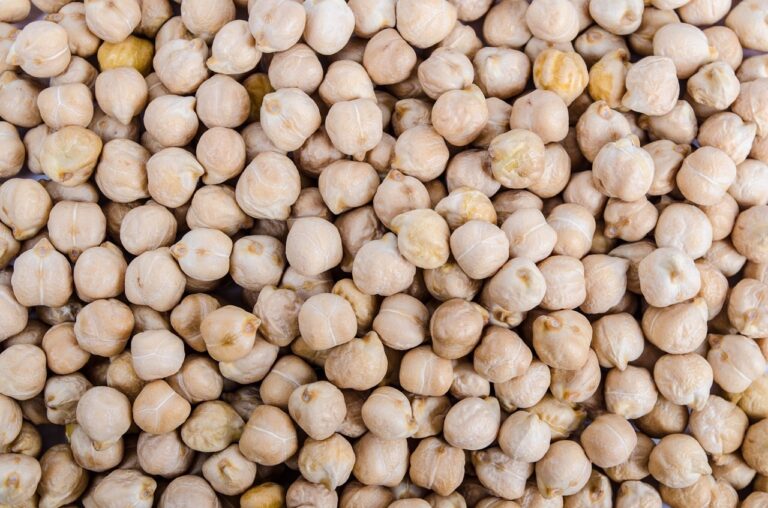Alternative Protein Sources, Uses and Challenges
Alternative Protein are extremely important for food processing and new innovations. Today we will be discussing that What are Alternative Proteins and why there is so much focus on this topic among food industry these days.
The research and focus on Alternative protein sources, uses and challenges in food processing is at peak these days due to increasing awareness on health and wellness among the consumers. Firstly, we need to understand Proteins and their sources then we will discuss about Alternative proteins.
Protein Sources
Protein sources can be divided into following categories and detail of each category is as under.
Animal Sources of proteins
In Animal proteins sources there are mostly two sources.
- Meat
- Dairy
Insects Sources of Proteins
Insects sources of proteins can be divided into following two subcategories.
- Mealworms
- Crickets
- Other sources of insects
Non-Animal Sources of Proteins
Non-Animal Sources of Proteins are divided into following two categories
- Plant sources
- Fungi Sources
Plant Sources of Proteins (Non-Animal)
Plant sources of Proteins can be divided into following three categories
- Grains
- Wheat
- Rice
- Oat
- Maize
- Barley
- Legumes
- Soy
- Pea
- Peanut
- Lupin
- Mung Beans
- Black Beans
- Fava Bean
- Lentil
- Pinto beans
- Chickpea
- Potato
- Algae
- Spirulina
- Chlorella
- Nuts & Seeds
- Canola
- Linseed
- Sunflower
- Sesame Seed
- Chia Seed
- Flaxseed
- Rapeseed
- Other Sources
- Hemp
- Duckweed
- Sacha Inchi
Types of Plant proteins
Plant Proteins can be divided into following categories
- Flour
- Isolates
- Hydrolysates
- Concentrates
- Others
First Generation Alternative Proteins
Due to the increase focus on health and wellness and increasingly high awareness on proteins in the consumers, industries are looking new ways to incorporate alternative proteins into their products. Key Alternative proteins are as under.
Soy
The Soy Protein as ingredient market is the largest as it contains over 60% share in the market. It is most widely used in the in Soy drinks and soy milk based beverages. The use of Soy proteins is also increasing in the pet foods for calves and pigs to replace milk. The use of soy is also increasing in other products like paper, paper coatings, printing inks, paints, insect sprays and fertilizers. Soy is excellent replacement in paper making industry as it is being used in place of guar gum ,chitosan, carboxymethyl cellulose and polyacrylamides.
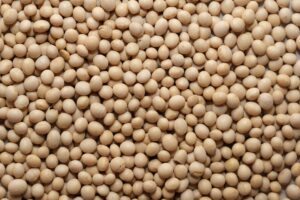
Application of Soy Proteins in Products:
Soy protein is widely used in as meat replacement, it is also being used in liquid whipped toppings, coffee whiteners, and emulsified food items, it is also assumed to replace sodium caseinate. Few food industries have used Soy Proteins in frozen desserts by replacing 25% of skim milk powder with defatted soy flour.
Wheat
Increasing demand of wheat proteins in Food and beverage industry and in cosmetic industry driving the growth of wheat and wheat products in the market. Wheat is also considered excellent source of alternative proteins due to raising health concerns among consumers and consumer awareness on low caloric foods. Research demonstrated that wheat proteins markets is increasing every year due to increase in use of wheat products. Wheat proteins are also used in confectionary industry. Along with Soy and mycoproteins, Wheat proteins is main component of meat free food products.
Wheat proteins is mainly use din the bakery food items as it is used to improve the texture and mouthfeel after baking. Hydrolyzed wheat proteins are commonly used in the cloudy drinks, bakery items, soups, and meat products.
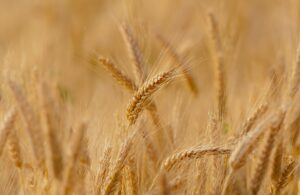
Second Generation Alternative Proteins
Followings are second priority alternative proteins since we have already discussed first priority alternative proteins which were Soy and Wheat.
Pea
Pea protein still have very small market share, but growth rate is increasing every day. It is made from ground dried yellow peas. The demand if pea protein is increasing as it is being used in nutraceuticals and awareness is growing among consumers as it extremely nutritive. The use of Pea Proteins in infant formula is growing every year. It is most widely used in dietary supplements as around 45% pea protein use is there in supplements. One of the issues with Pea proteins is its unpleasant taste and scientists are working to address this issue. Now scientist have developed new pea proteins flavors which have better flavor and less level of off notes.
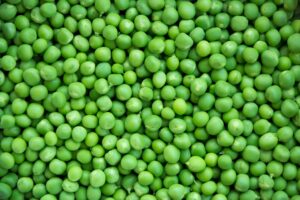
Canola
Although overall market of Proteins from Rice and Canola is very small, but it is growing every year. Canola as source of protein is growing extremely well. Canada is the major canola producer responsible for around 20% global production. Other Canola proteins producing countries are France, Germany, and India. Canola Proteins are most widely used in consumer products in Australia, Japan and Canada.
Canola is also being used in personal care products and cosmetic products as it has healthy properties. Canola is being used as Foaming, emulsifying and gelling agent in many other food products.

Third Generation Alternative Proteins
Third generation proteins market size is very small globally and it is around 5% of the alternative proteins market.
Moringa Powder
Moringa leaves have high proteins contents which are 28g per 100g in Moringa powder, it has a very good amino acid profile as well as compared to other proteins. Moringa powder grows well in poor soils in dry, warm climate and can help to regenerate depleted soil. Moringa powder use is increasing day by day due to its health benefits, it is also being used as animal feeder in some countries.

Challenges of Alternative Proteins
Consumer awareness on use of no meat protein is increasing with every passing day and to meet consumer demand food industries are looking for alternative sources of proteins. Food manufacturing companies are innovating their food products by including non-meat proteins (Alternative Proteins) to meet customer requirements. Alternative proteins consist of two sources
Following table shows some of the very known challenges which manufacturers are facing while using alternative proteins to innovate their food products.
Complete vs incomplete proteins Animal-based proteins, including meat, are considered “complete” as they contain all the essential amino acids that are necessary for vital functions such as muscle-building. On the other hand, many plant-based proteins lack one or more essential amino acids, making it necessary for manufacturers to combine different plant-based proteins to create a complete amino acid profile.
Flavor Many plant proteins have a bitter taste, To mitigate the bitter taste that is common in numerous plant proteins, it will be necessary to incorporate blending or masking techniques.
Processing and availability While proteins and amino acids typically remain stable during processing, the act of blending them in a solid product can result in the binding of an amino acid with a mineral, thus reducing their overall bioavailability.
Cost Plant-based proteins are highly appealing due to their cost-effectiveness in contrast to meat. Nevertheless, for manufacturers to make particular claims on protein labels, the protein source must be complete and have high bioavailability. This requirement may necessitate the combination of different plant-based protein ingredients or the addition of specific amino acid supplements. However, these supplements could result in higher costs, which might potentially reduce the product’s profitability.
Label Issues While manufacturer can add alternative proteins but it comes with an additional complexity as many alternative proteins like Soy, Lupin and wheats are allergen and manufacturer will have to declare those allergens on the label.

